Aragvadha benefits, dosage, side effects, and how to use?
What is Aragvadha? The Aragvadha tree, scientifically known as Cassia fistula, holds a prominent place in Ayurveda, intertwining nature's essence with …

What is Aragvadha?
The Aragvadha tree, scientifically known as Cassia fistula, holds a prominent place in Ayurveda, intertwining nature’s essence with medicinal significance. Originating from the Indian subcontinent, this revered tree has been a cornerstone in traditional Ayurvedic practices. Renowned for its diverse therapeutic properties, Aragvadha finds applications in treating various ailments, including skin disorders, digestive issues, and respiratory conditions. As we delve into the Ayurvedic realm, exploring the profound impact of the Aragvadha tree on holistic well-being becomes a fascinating journey, uncovering the wisdom of ancient herbal medicine that resonates with the core principles of Ayurveda.
Aragvadha is one of the most commonly used medicines in Ayurveda. It is mostly used for Skin problems and mridu virechana. Acharya Charak mentioned it as good for virechana in Sukumara. Its Latin name is Cassia fistula which means to kill diseases. It is also known as purging cassia or Golden shower tree, also amalatas in Hindi and Garmalo in Gujarati. Amalatas also known as Golden shower tree is State flower of Kerala. A yellow flower is also national flower of Thailand as it represents Thai royalty.
Aragvadha in Ayurveda
In Vedic literature the dried branches of Aragvadha are used for ritual performance. (Ap.Gr.7/18/7). Its flower has religious importance in the Vishnu festival. Among brihat trayi, Acharya charak dedicated whole Adhyay in the name of Aragvadha, Aragvadhadiyam adhyaya (Ch.Su. 2) because of its use in Kustha roga many external lepa is mentioned containing Aragvadha in this Adhayaya. Charaka also specified its utility as mridu virechaka (Laxative) (Ch.Su. 25). Acharya Sharangdhar mentioned it in Sramsamana gana.
What is Morphology of Cassia Fistula?
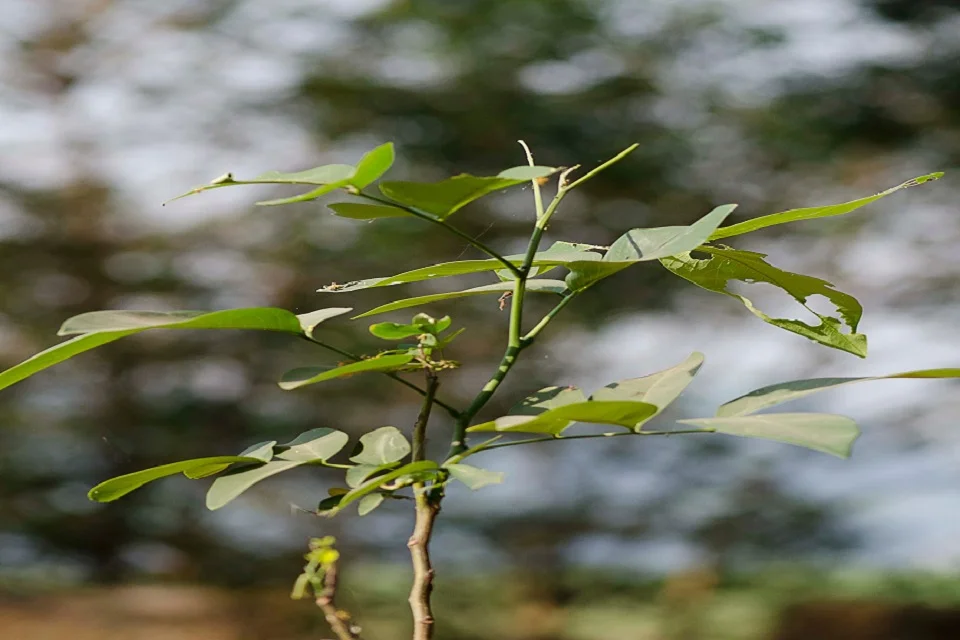
Latin name– Cassia Fistula(Fam.Caesalpinioideae)
Cassia Fistula is medium sized tree. Its growth is fastest up to 10-20 meters high. Amalatas leaves are deciduous, long and pinnate, and 5-12cm long. It has lax pendulous recemes and yellow flowers. Amalatas have greenish-grey or brick-red colored bark. It has numerous seeds which are small, flat, smooth, yellowish-grey, and surrounded by black pul when it ripes. Amaltas is a species easily found in India, Sri Lanka, Pakistan, and Thailand. In India it is mostly found in Tamil Nadu and Kerala.
Type of Aragvadha
Dhanvantari Nighantu and Raj Nighantu mentioned two varieties of Aragvdha
- Aragvadha
- Karnikara
Synonyms of Aragvadha
Kritamala, Vyadhighata, Shampaka, Nripadruma, Chaturangula, Arevata, Dirghaphala, Rajavriksha, Suvarnabhusana
Classical Categorization of Aragvadha in Samhita
- Charak: Kusthaghna, Kandughna, Tiktaskandha, Virechana
- Sushruta: Aragadhadigana, Shyamadi, Shleshmashaman, Adhobhagahara
- Vaghbhatta:Aragvadhadi, Shyamadi
Other/Regional Language Names
- English: Indian Laburnum, Purging cassia, Golden shower tree
- Gujarati: Garamala, Garamalo
- Hindi:Amaltas
- Kannada:Aragvadha, Kakke, Kakkegida, Kakkemara, Kakkedai, Rajataru
- Kashmiri:Kriyangal Phali
- Malayalam:Konna, Kritamalam
- Marathi:Bahava, Garamala, Amaltas
- Oriya:Sunari
- Punjabi:Amaltas
- Tamil:Sarakonrai, Sarakkonnai, Sarakkondi, Sharakkonrai
- Telugu:Rela
- Urdu:Khiyar Shambar
- Assamese:Sonaroo
- Bengali:Sondala
Constituents of Aragvadha
Sugar, mucilage, pectin and anthraquinone
Seeds– Sugars, Galactomannan
Flowers-Fistulin, Leucopelargonidin tetramer, Kaempferol
Pods-Fistulic acid
Bark& Heart wood-Barbaloin, Fistucacidin, Rhein etc.
Leaves-Rhein, Semmosides A&B
Rasa Panchak of Aragvadha
- Rasa:Madhura, Tikta
- Guna:Mridu, Guru, Snigdha
- Virya:Shita (Ushna in Dhanvantari nighantu)
- Vipaka:Madhura
- Karma:Kapha-Pittahara, Rechana
References of Aragvadha in Ayurvedic texts
चतुरंगुलो मृदुविरेचनानाम् श्रेष्ठः ।
(च० सू० 325 / 40 )
धारग्वधो राजवृक्षः शंपाकश्र्चतुरंगुलः।
धारेवतो व्याधिघातः कृतमालः सुवर्णकः ॥
कर्णिकारो दीर्घफलः स्वर्णाङ्गः स्वर्णभूषणः ।
आरग्वधो गुरुः स्वादुः शीतलः स्रंसनोत्तमः ॥
ज्वरहृद्रोगपित्तास्रवातोदावर्त्तशूलनुत ।
तत्फलं स्त्रसनं रुच्यं कुष्ठपित्तकफापहम् ॥
ज्वरे तु सततं पथ्यं कोष्ठशुद्धिकरं परम् ।
(भा० प्र०, हरीतक्यादिवर्ग 148-160)
What are Benefits of Aragvadha?
- Aragvadhadi Varti in Bhagandar
- Vibandha
- Udavarta
- Gulma
- Shula
- Udararoga
- Hridroga
- Prameha
- Kushtha
- Aamvata
- Gandmala
- Kamala
- Vatarakta
- Jwara
What is use of Aragvdha in texts?
- Aragvadha fruit pulp is given with the juice of sugarcaine or vidari or Amalaki after fortifying with trikatu in Kamala. (A.hr.Chi. 16)
- Root bark of Aragvadha is grinded with rice water and used for Nasya and lepa in Gandamala. (V.M.)
- Leaves of Aragvadha are made into paste with Aranala and applied externally in Kustha.(V.S. & V.M.)
How much is the Dose of Aragvadha as described in ancient texts?
5-10 g of the drug in powder form
Decoction of root bark- 50-100ml
Flower paste-5-10gm
Fruit pulp-5-10gm
What are the Useful Part of Aragvadh
Phalamajja(Fruit pulp), Leaves, Flower, Root bark
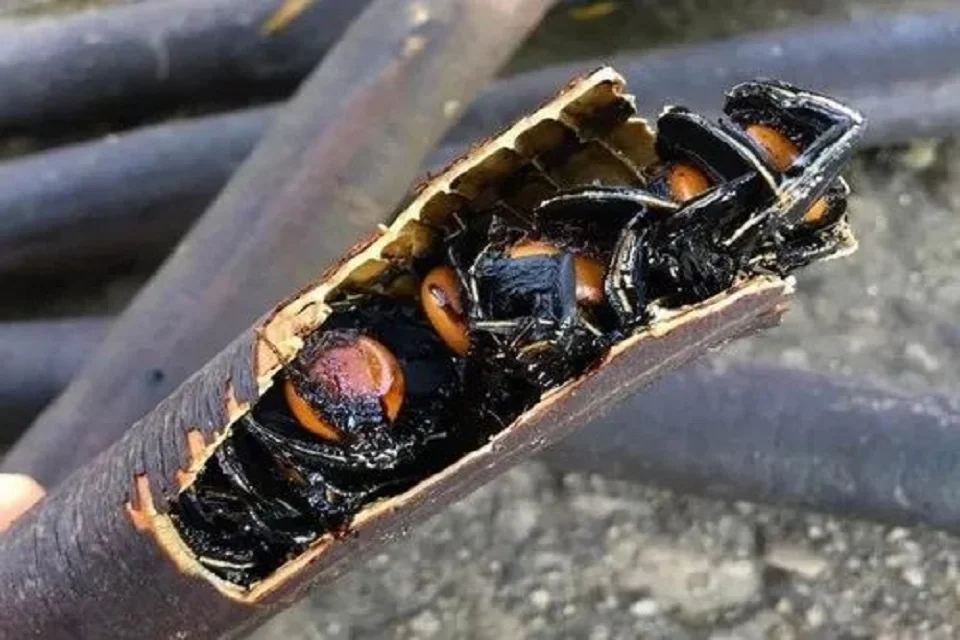
What are the side effects of Aragvadha?
- Not indicated in diarrhea
- May cause heavy purgation
- Side effects are of taking the drug in high doses, under the guidance of qualified vaidya, or in appropriate doses it is safe to consume.
List of formulations of Aragvadh
- Aragvadhadi Kvatha
- Aragvadhahadi Churna
- Aragvadhadi lehya
- Aragvadhadi taila
Research of Aragvadh
- Medicinal Properties of Aragvadha
- Fruit pulp has been found to possess significant antipyretic and analgesic properties (Patel et al., 1965).
- The sugar-free residue from the fruit pulp has been found to possess cathartic properties in mice which was more than that of the total pulp. The minimum effective dose was 12 mg per mouse weighing 20. (Iyengar et al., 1966).
- The aqueous extract of the fruit pulp has significant purgative action. In a dose of 250 mg and above, it caused purgative action that reached maximum in 6-9 hrs. and lasted for 24 hrs. The purgative activity was attributed to the anthraquinones present (Lilly kutty, 1968)
- The aqueous extract of leaves, stem bark, root bark, and fruit pulp in a dose of 1g/100g body weight produced a significant anti-inflammatory effect on albino rats. The root bark had maximum activity (Lillykutty, 1968).
- The aqueous extract of fruit pulp had very little effect on arterial B.P. of anesthetized dogs and cats. However, it caused an inhibitory effect on the isolated hearts of frogs and rabbits. At a dose of 80 mg and above, it exhibited a stimulant effect on the smooth muscle of rabbit duodenum and guineapig ileum in vitro (Lillykutty, 1968).
- The leaves, stem bark, and fruit pulp were found to have antibacterial activity, the fruit pulp being the most potent in this respect (Lillykutty & Shantha Kumari, 1969).
- Out of the five glycosides tested, CFRI (one of the glycosides) alone exhibited marked antifungal activity (Venkitaraman and Radhakrishnan, 1972).
- Ethanolic extract of root lowered blood sugar level up to 30% after 2 hr in fasting rats (Fitoterapia, 1993).
Conclusion
In conclusion, the Aragvadha tree stands as a testament to the rich tapestry of Ayurveda, weaving its therapeutic benefits into the fabric of holistic health. With its versatile applications in addressing skin, digestive, and respiratory concerns, Aragvadha embodies the essence of natural healing. As we navigate the vast landscape of Ayurvedic wisdom, the significance of this botanical marvel becomes evident, transcending time and culture. Embracing the Ayurvedic principles rooted in nature’s bounty, the Aragvadha tree beckons us to appreciate the profound interconnectedness between herbal remedies and overall well-being, underscoring the enduring legacy of Ayurveda in promoting health and harmony.
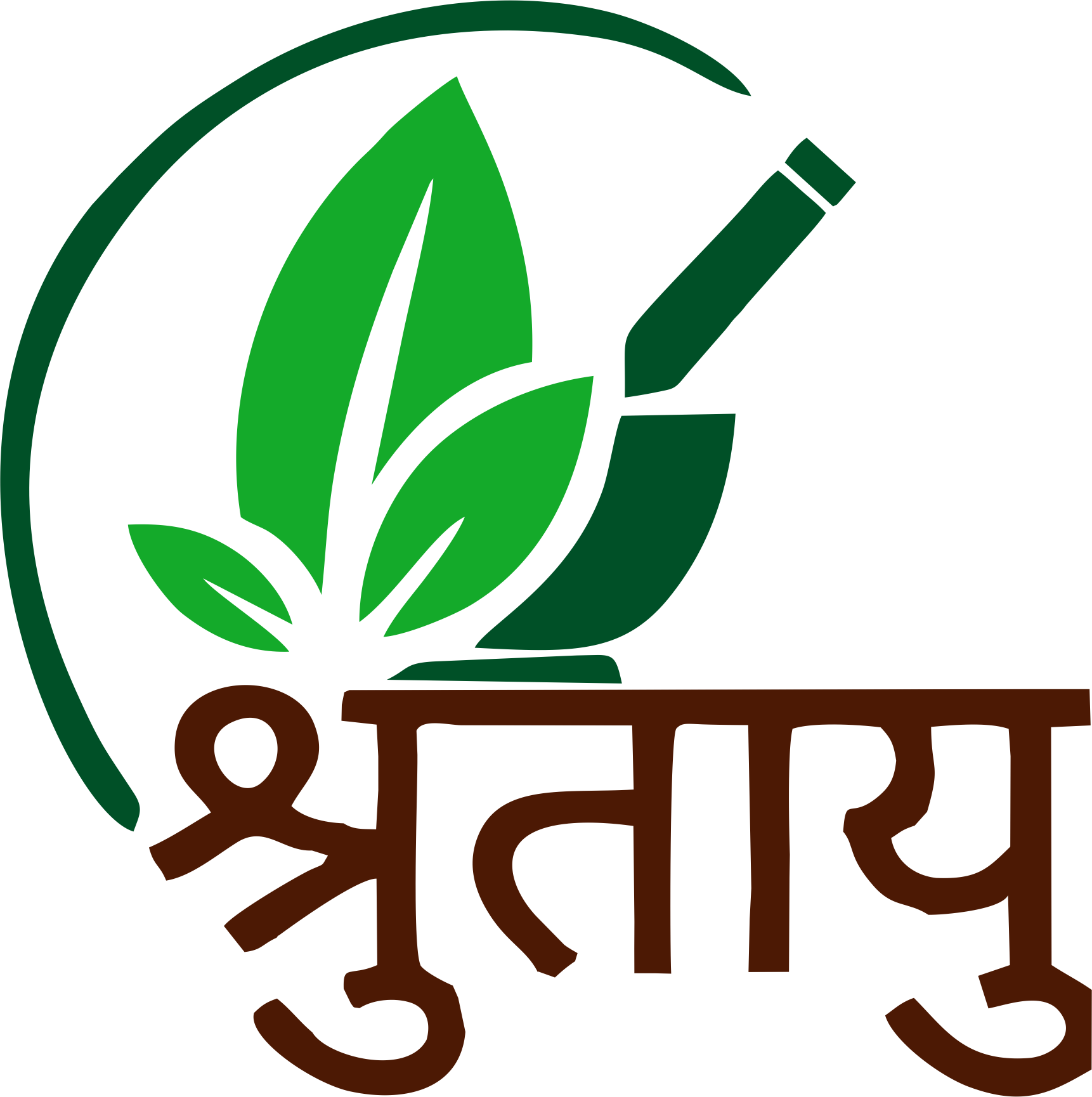
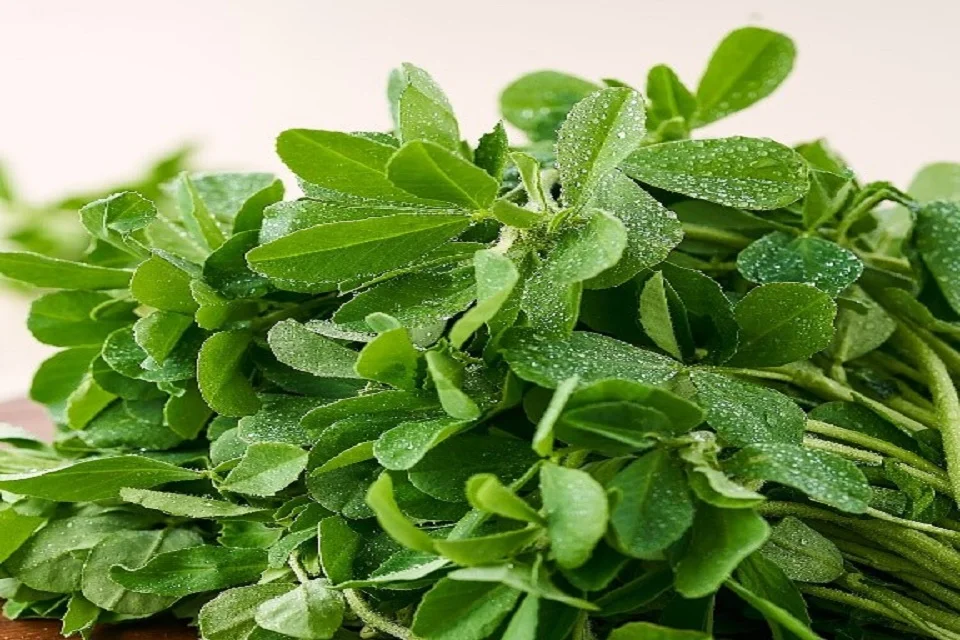




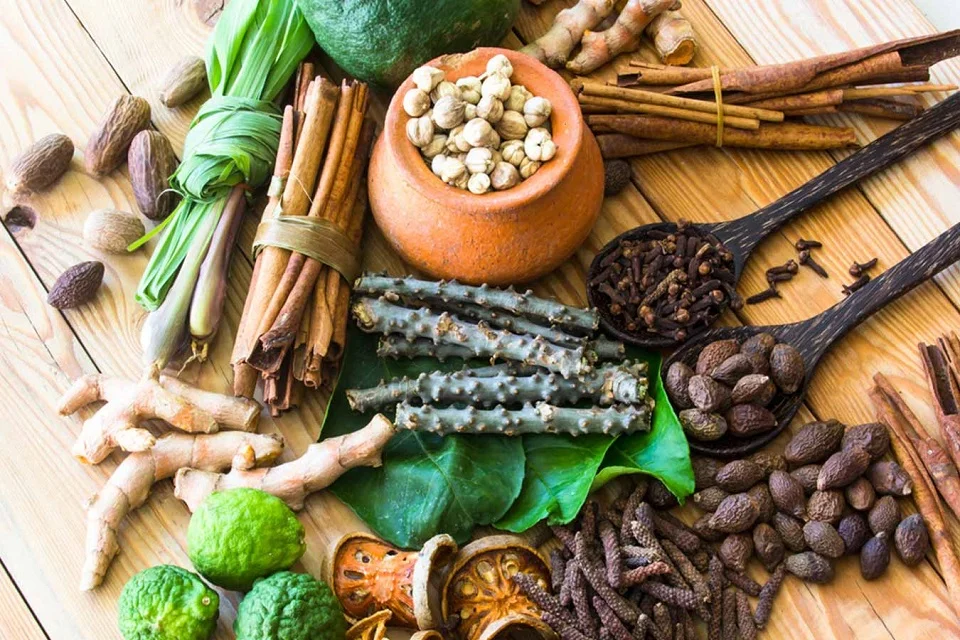

Very informative